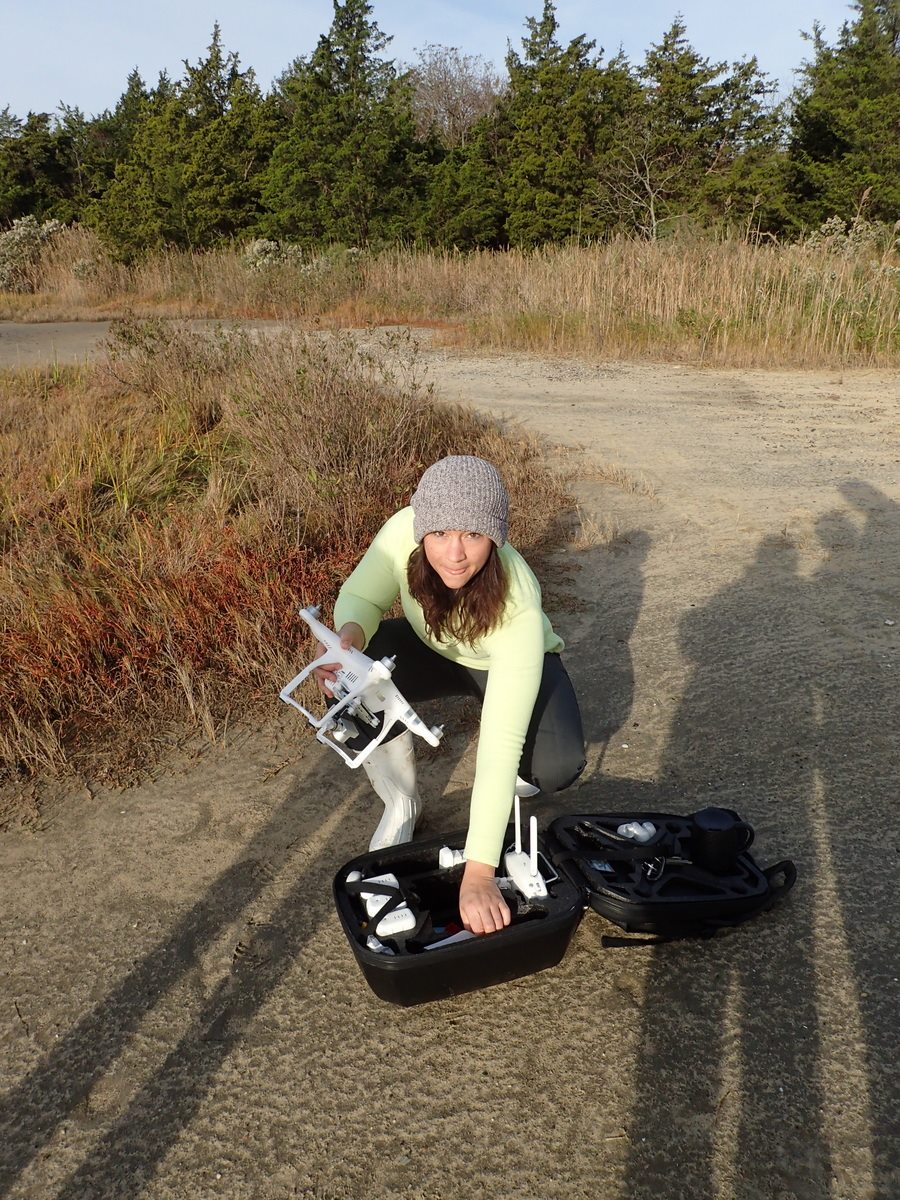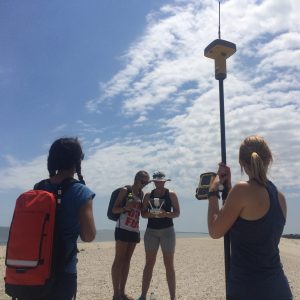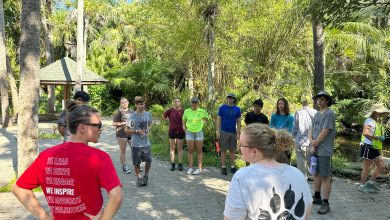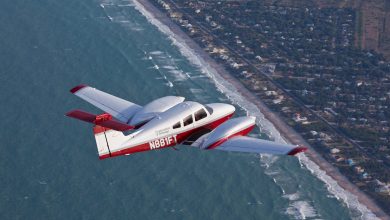Florida Tech Alumna Tackles Coastal Erosion
Resiliency, by its very definition, means to recover quickly from difficulty, to spring back into shape, but for coastal communities across the country, coastal erosion is making it a hard ideal to achieve. Like the small Alaskan village on the island of Sarichef where residents voted to relocate from a barrier island that has been steadily disappearing to the slow sinking of Tangier Island in Virginia, coastal erosion is literally tearing apart communities.
The average annual coastal erosion rate along the Atlantic coast is about 2 to 3 feet. A major storm can erode the coastal inland 100 feet or more in a single day.
A Resilient Mission 
Florida Tech alumna Stephanie Dohner, physical oceanography, 2013, is working to fix this. Her mission is enhancing the ability of an ecosystem to return to its original state after being disturbed.
“Resiliency is an every evolving concept. Some view it as the ability to bounce back to pre-storm conditions. Others say it is moving forward from storm damages to a design better able to handle those conditions,” Dohner said. “Societies across the globe recognizes the devastation that storms and the ocean can wreak on anything near the coast.”
Today Dohner is a doctoral student at the University of Delaware’s College of Earth, Ocean, and Environment. Her work focuses on improving coastal science to plan safer living conditions and more efficient infrastructure designs.
Virginia Sea Grant recently selected Dohner to serve as a mid-Atlantic coastal storms program graduate research fellow.
“I am deeply honored to be named a Coastal Storms Fellow by Virginia Sea Grant,” Dohner said. “I was presented with the opportunity to help fellow coastal dwellers understand the unique environment where they live and work while attempting to further the scientific understanding of this dynamic system and its relation to storm effects.”
Taking on Coastal Erosion

Dohner will have the opportunity to work on a variety of coastal storms-related issues with advisors and mentors. Her project involves increasing coastal resiliency by using high density, rapid response data. This includes unmanned aerial vehicles to look at land features and independent underwater vehicles to measure water depth. Findings will be presented at the end of the fellowship during a workshop with NOAA.
She hopes to develop a data collection method that local communities can use to monitor their own beaches.
The program is funded by the Coastal Storms Program. It brings together federal, state and local organizations to increase resiliency and reduce negative impacts of coastal storms.
“I’m so impressed by the quality of these students and excited about the societal impact their research will have with the help of their professional mentors,” said VASG Director Troy Hartley in a press release posted on the organization website. “The coastal storms fellowship is a wonderful example of leveraging the strengths of NOAA’s Coastal Storms Program and Sea Grant’s university network to address today’s challenges and produce tomorrow’s coastal storms scientists, managers and leaders.”
The Florida Tech Advantage
Dohner had to go through a rigorous peer review process before being named a fellow. She credits her education at Florida Tech for preparing her for the work she does today.
“FIT absolutely put me above other applicants to UD based on the high math requirements for my degree, the required summer of field work, the project design with DMES, and the depth of theoretical understanding the professors expected from undergraduate and master’s students,” Dohner said. “I came into UD with a strong foundation of ocean knowledge that allowed me to hit the ground running with my PhD rather than taking a year to get my act together.”
%CODE1OCEANOGRAPHY%






